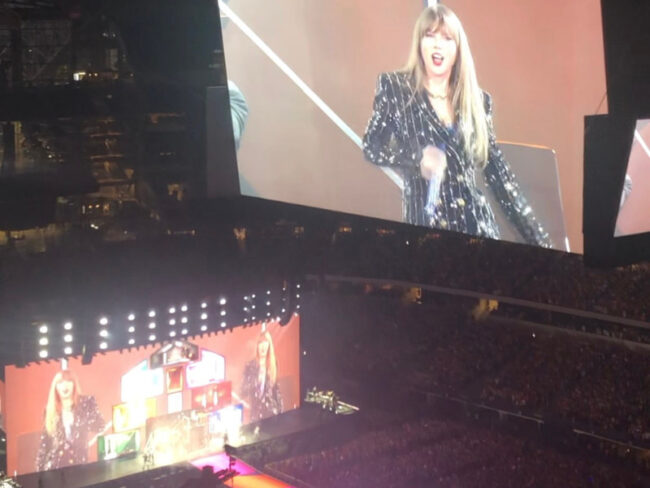About a week ago, I went to the theater.
No, not the movie theater, a theatre-theater. That’s theatre with an “r-e,” not the other way around. I’m referring to stage plays and acting on stage and sets for the stage and lighting for the stage and all of that kind of thing.
You know, the theatre. I was watching this performance and I was struck by all the things that happened on the stage at the same time. Specifically, I was struck by all the control that I had over my viewing experience: the power to choose, from all the performers and all the actions on stage, what to focus on.
Of course, I had been aware of this facet of the theatre before now intellectually, but it hadn’t really hit me until that night. It was interesting to me, mostly because of how unaccustomed I was to it. I come from the discipline of film, and in film, everything that you see on the screen is shot by a motion picture camera. In any given film, there are quite a number of shots taken of any character or action, from various distances and angles (which we refer to as “standard coverage”). There are so many shots, in fact, that it would be rather impossible to put all of them in the final product, and so we filmmakers even had to come up with a special position, the editor, just to deal with all of the decisions: decisions of which shots to use and how to put them together into something that makes sense and means something.
But that really is the key word, “decision.” Another good word is “choice.” The editor has to decide—has to choose—what to do to present the story in the best manner possible. It is this aspect that makes film so different from theatre, or any other art form for that matter. Granted, all the arts have editing in the more conventional sense of the word: omitting passages in a manuscript that weigh down the story or obscure the meaning, trimming out parts in a musical composition for similar reasons, even removing the parts of a play that the director has decided have no place in his new adaptation for whatever reason.
Of course, film editing does the same thing, but only after there is something to take away from, which can only be done after those shots have been assembled. The editor must build before he can take away. So in film, there is so much more to the editing process than just cutting out the bad bits. That’s what makes it the art of editing.
But there is no such process in theatre. The responsibility is left to the viewer of what to look at, what to focus on.
I meditated upon this as I watched that play, but then realized that regardless, a choice was still being made; the responsibility of it had just been shifted from one person to another: the audience. So the only difference between theatre and film, perhaps, is who makes the decision, who chooses what is important enough to merit attention. But this small difference carries with it such far-reaching consequences as to render these two art forms completely alien to each other.
Honestly, I equate film more to painting or other visual arts than to the theatre. There is the finished product on the “canvas” for one to take from it what one will. And even then, it’s not quite the same thing, as even a painting can have various parts that people can either choose to look at or choose to ignore. And that is what makes each individual art form so necessary, as each is distinct enough to have its own appeal.
There is something for everyone out there; you just have to know what you want.
Trey Treviño is a sophomore CTV major. He can be reached for comment at [email protected].













